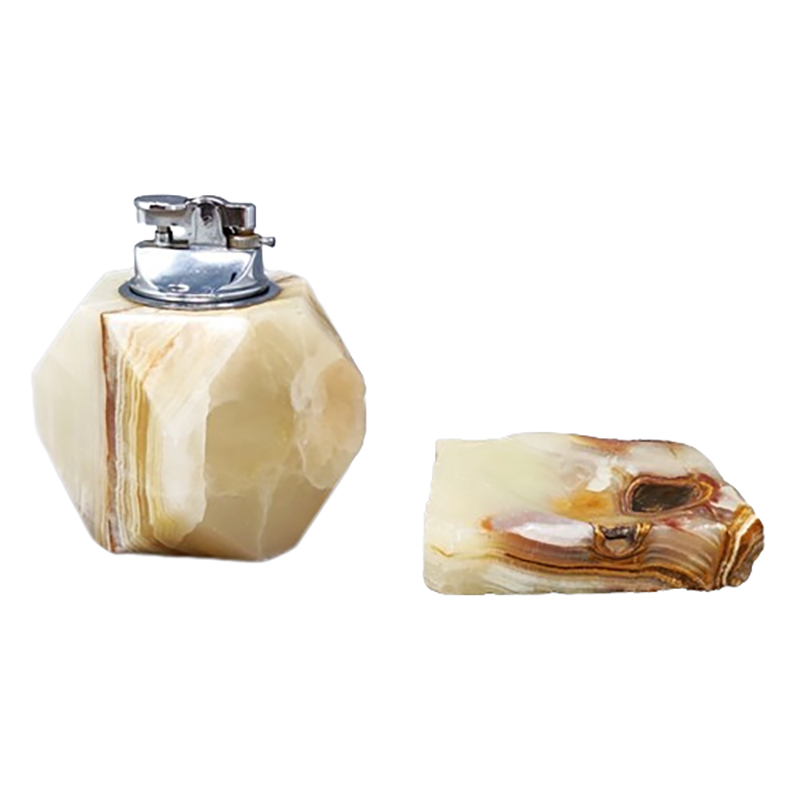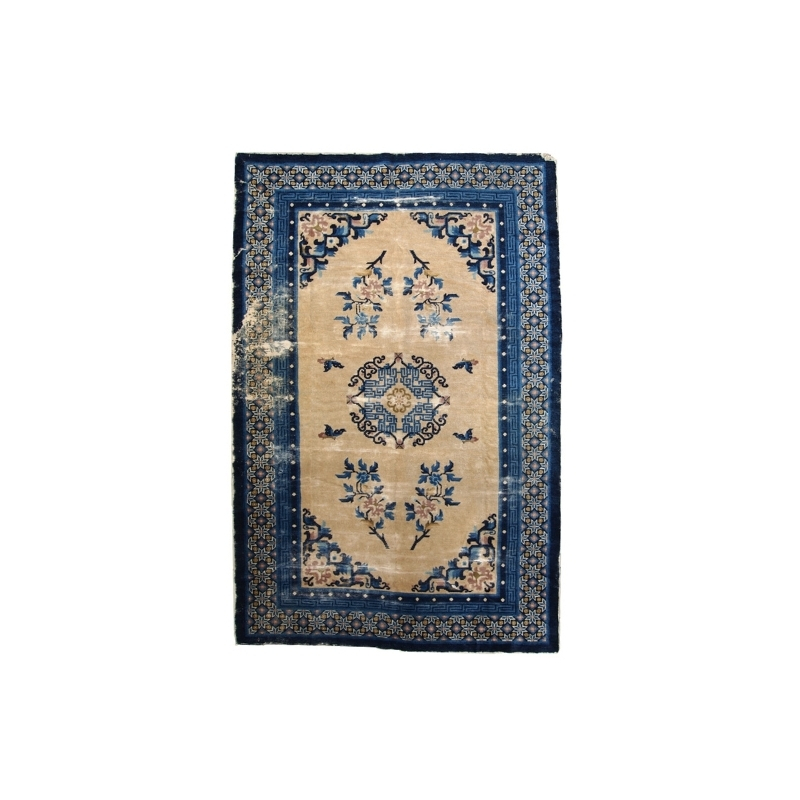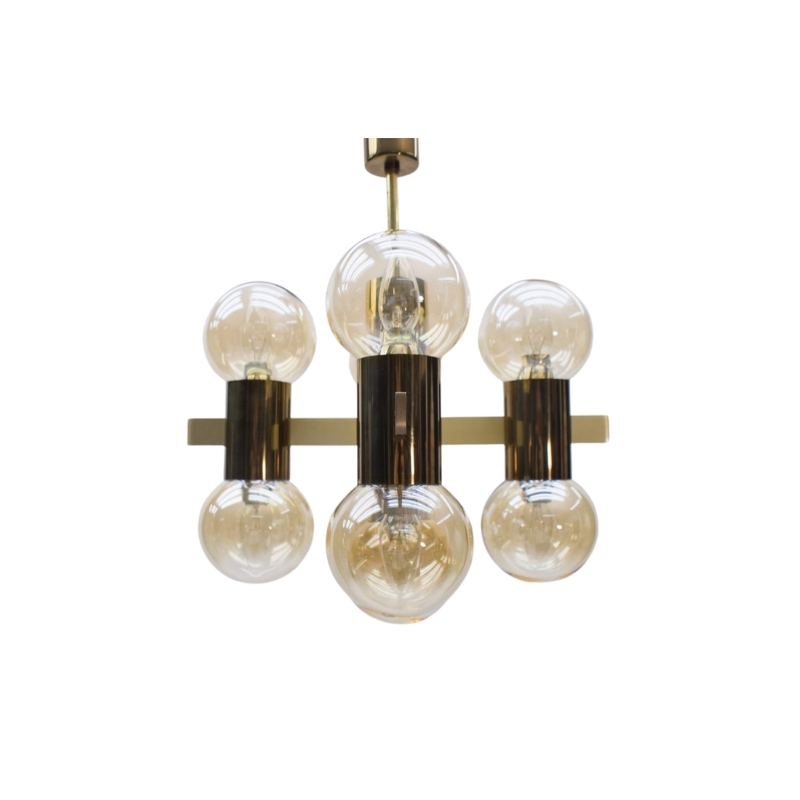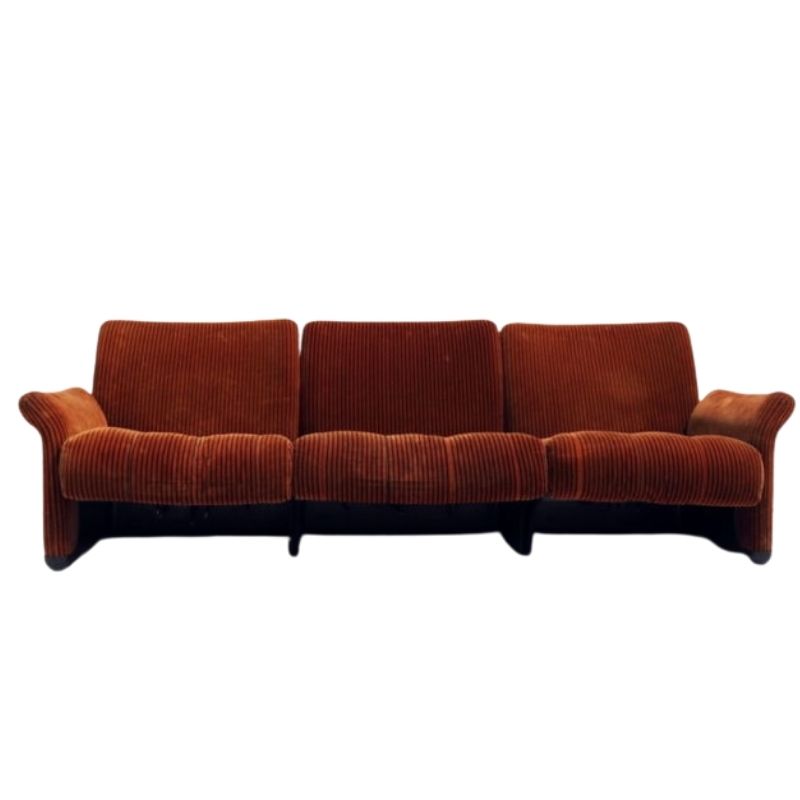This belongs to one of my kids. It got dropped and this happened. She was all set to chuck it out when I arrived at the scene of the accident, but I've had it for quite awhile now and haven't gotten around to doing anything about it because I'm not sure how to go about fixing it.
It broke along the grain, not along a seam, so that's...good, maybe? The break is perfectly clean, no missing slivers or chunks. I don't have any clamps besides C-clamps, spring clamps, and three of the shortest length bar clamps (too short for this 11" diameter).
The back of it is perfectly flat.
This won't get a ton of use and when it does get used it will just require a quick wipe and rinse to clean, then immediate drying. Given all that--what kind of glue would be best?
 <img class="wpforo-default-image
<img class="wpforo-default-image
I would suggest Titebond II or III. Knock off any misaligned wood fibers that would keep it from going back together perfectly. Align it perfectly. And clamp it really tight. If the the clamp tends to fold the two pieces one way or the other you might need to lightly clamp it to something flat, then clamp across the glue line. Wipe away all the squeezed out glue. Unless the pieces of wood have moved so that they don't fit perfectly together anymore, you should be able to get a completely invisible glue line. So good you will have trouble finding it the day after.
leif ericson
You failed to mention that when the repair is done by your instructions not only will the glue line be invisible, the bond at that juncture will be stronger than the wood to either side. Franklin makes very good wood adhesives.
Resorcinol adhesive is another excellent product when the break is clean (no gap filling capabilities). It has a strong bond with water resistant properties.
The key to everything is a clean substrate and well placed strong clamps. A adhesive with a longer cure time "generally" has a greater bond strength.
Tightbond II and III have never failed me, but I have only been using them for a few years now, so who knows how they stand the test of time... they are supposed to be waterproof anyways. I have used them on some outdoor projects with great results so far...
Everything said so far is right on, the trick of course, will be to get 3 (or more) bar clamps tight on a round object with beveled edges. I dont know that one clamp will be enough clamping force to get the invisible glue line that is desired.
I know you said you don't do a ton of woodworking, but if you could trace the cutting board on to a square board slightly larger, cut it in half, and then cut out the resulting half circles (just outside the trace line), put the cutting board between the two halves, and then you will have a solid, flat surface to clamp to. It is going to be a pain to try and get 3 bar clamps on the diameter, with them crossing in the middle and only an 11" diameter, with off-center break to work with. You want your clamping force perpendicular to the break. When you start clamping at angles other than 90 degrees, the break+glue may want to slip transversely. One last benefit of doing it this way, is when you go to wipe the squeeze-out off, there will be more room between each of the bars to wipe the glue off. With them meeting in the middle, it is going to obscure part of the glue joint, making it a pain to try and wipe it all off.
Just my 2 cents...
There is this rubbery mesh material that is sold to put underneath futon mattresses to keep them from slipping down when you sit on the futon. It might be desirable to put a bit of that between the jaws of the clamp(s). This will help keep the clamp from slipping on the edge, and it will help cushion the wood.
I have a Bessey bar clamp that dislike using, except in situations like this where you need high clamping pressure on an uneven edge. The key to why it is good for this is that you can turn the handle to a high pressure while the jaw remains stationary against the work piece. Lesser clamps have more friction at the ball-and-socket joint there, and so the jaw of the clamp wants to spin with the handle, and then slips off the work piece.
You don't need or want too much clamping pressure here. You just want enough to close the gap. This is only a tricky clamping strategy to work out.
Assuming the break is not "sprung", I'd go for four points. A square within the circle if that makes any sense. Four small square-edged blocks of wood screwed to a flat surface maybe 1/2 or 3/4-inch outside the circumference. Long, shallow-angle wedges can then be tapped into place between opposing blocks to provide adequate pressure. If the piece wants to lift off the flat surface under pressure, either back-off or place weight on top to keep the assembly flat.
Squeeze-out is most easily dealt with by scraping off when the glue becomes semi-hard or rubbery if using PVAs and aliphatic resin glues as mentioned above. Put a piece of wax paper underneath to prevent the piece from sticking to the substrate. Clamps can be removed after the first 45-60 minutes depending on environment/glue.
A good glue joint depends on close-fitted and fully-wetted surfaces. Use a dampened brush to apply thin layers of glue to both pieces and work fast. Glue-ups are always stressful as you are well aware. Dry runs always help.
Thank you, leif, zephyr and tktoo! That's exactly the kind of detailed instruction I was hoping for. I had though about making a plywood jig and using bar clamps but wasn't sure if there was a better way. I think I will do that. A friend has some long bar clamps that I can borrow. I have Titebond 2 on hand. I will definitely do a dry run. I tend to get into trouble most of the time when I skip that step and realize when I'm too far into it to stop that I forgot to have some essential thing within reach...or something.
I'll post an 'after' shot when I get it back together.
I finally reglued this. I ended up just using a 1x2 on either side with two bar clamps that barely spanned the distance. (They were borrowed--if i'd had longer ones I would have cut 3/4" pine or plywood to fit the curves.) It worked, I think because the break was only about 7" long. I have to look hard to find the crack on the top surface. It's a little easier to see on the bottom. I used Titebond 2.
Thanks again for all the suggestions!
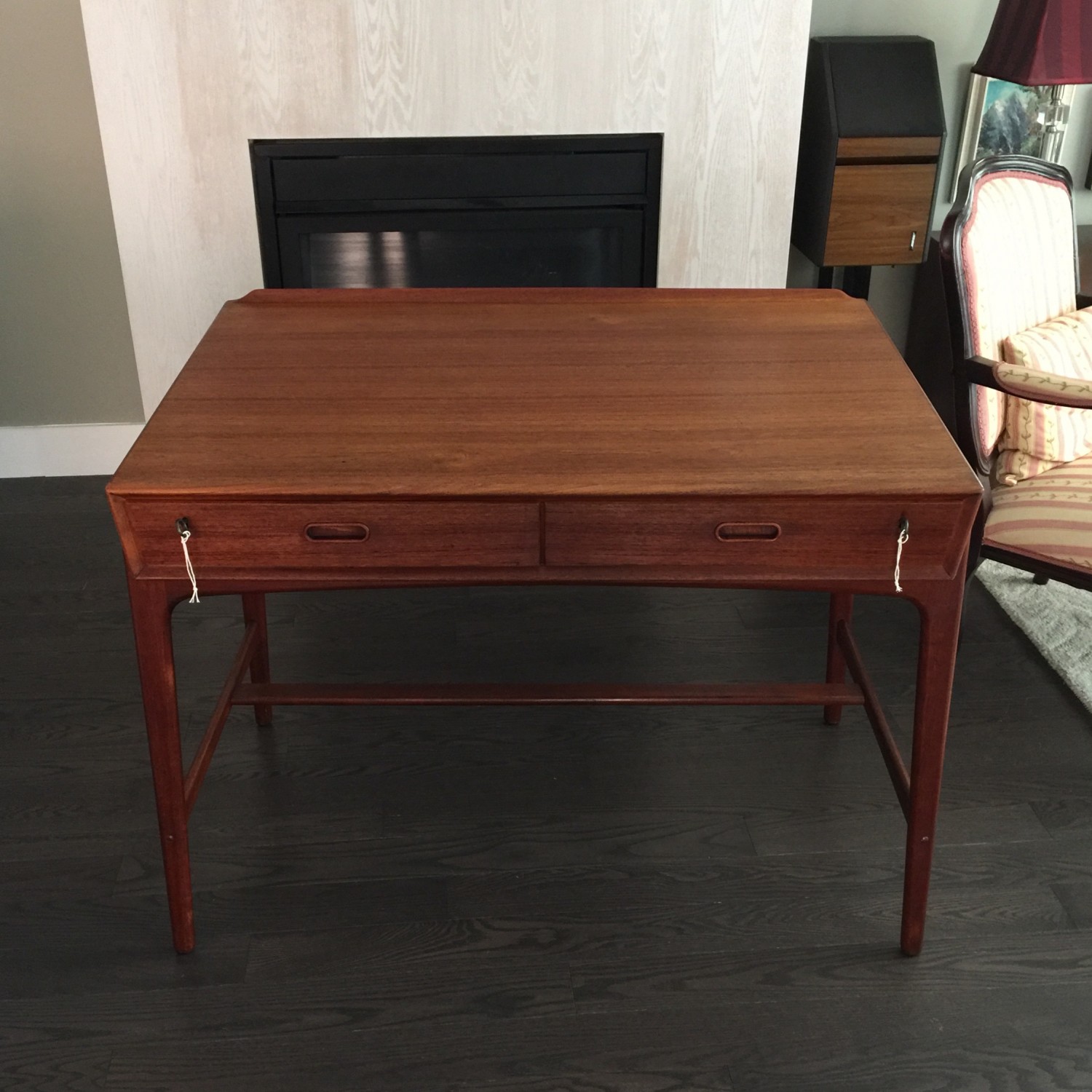
If you need any help, please contact us at – info@designaddict.com



